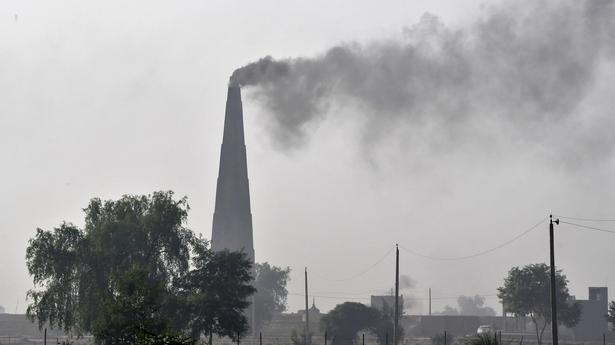
Government says air pollution primarily urban phenomenon; experts disapprove
The Hindu
Of the 1,243 air quality monitoring stations covering 465 cities in the country, only 26 have been installed in rural areas — 24 in Punjab and two in Dadra and Nagar Haveli and Daman and Diu on an experimental basis.
Air pollution is primarily an urban phenomenon and the government is focussing on monitoring ambient air quality in urban areas, Parliament has been informed.
Of the 1,243 air quality monitoring stations covering 465 cities in the country, only 26 have been installed in rural areas — 24 in Punjab and two in Dadra and Nagar Haveli and Daman and Diu on an experimental basis.
Explained | WHO’s air quality database and its latest update
"Air pollution is primarily an urban phenomenon. Therefore, the government is focussing on monitoring ambient air quality in urban areas," Union Minister of State for Environment Ashwini Kumar Choubey told Rajya Sabha on Thursday. In addition, the government has sanctioned 17 monitoring stations in rural areas of Himachal Pradesh (5), Kerala (2), Mizoram (5), Odisha (2), Tripura (1) and Uttar Pradesh (2), the Minister said.
However, experts say if the government doesn't monitor air pollution in rural areas, "it doesn't mean it doesn't exist". "Air pollution is a regional issue and all areas get affected. Industries, thermal power plants and brick kilns are set up near rural areas, solid fuel [wood and charcoal] is used in rural households," said Vivek Chattopadhyaya, Principal Programme Manager, Clean Air, at the Centre for Science and Environment (CSE).
“The government’s air pollution management strategy needs to move beyond the city-centric approach and cover all areas. For example, improving air quality in Delhi alone doesn’t help if outer areas do not control air pollution properly,” he said.













